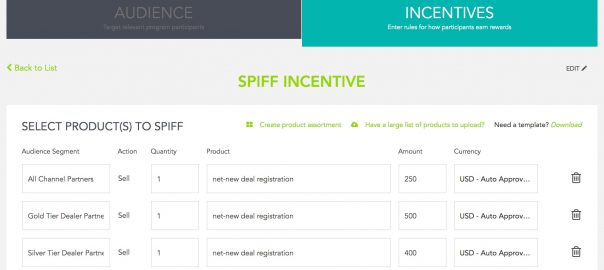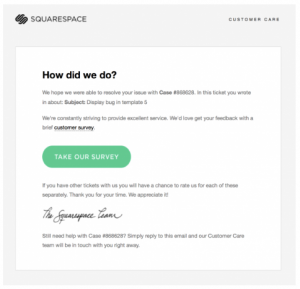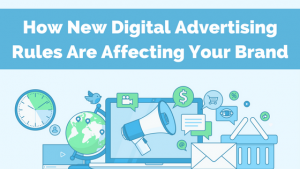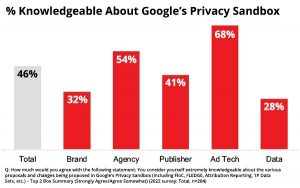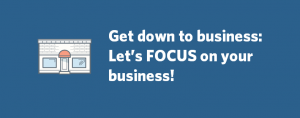If you’re reading this post, it’s likely you’re running incentives to partners and using some sort of system to manage it all. If that’s the case, managing budgets and workflows are likely a big part of your world.
Partner incentives, like any system, involves a set of structured rules, requirements, and budgets in order to ensure operational and cost control.
Here’s what you should consider when it comes to program budgeting and rules.
Budgeting

Rewards spend is often a unique line item in a company’s financial system – commonly because it’s variable and therefore is somewhat unpredictable when it comes to expenses. As a result, rewards must be strategically budgeted.
There are a couple of universal ways of formulating a reasonable reward program budget. Mainly, one of two calculation methods are used:
Budget Example 1:
Percent of Annual Compensation – this approach assumes that your program enrolls and rewards at the individual Rep level (not just the partner entity) and additionally presumes that you know, at least loosely, the annual compensation of your partner Reps.
As they say, wealth is all relative. So deriving reward spend from annual comp helps to ensure that reward opportunities are considered valuable and meaningful enough to recipients, within the context of their typical earnings (salary and bonus).
If you have variance in compensation levels among the audience, like most do, budgets could be created using the annual compensation earned by the “average” mid-level User. Additionally, it’s best for the level of reward to be weighted by the interval of time you’re running a promotion.
Annual Promotion: Minimum 2.5% – 5% of annual compensation for a year-long program.
90-Day Promotion: Minimum 5-10% of compensation for 90-day program or short term, stand alone promotion.
Budget Example 2:
Percent of Anticipated Sales – sometimes, pinning down a flat annual compensation estimate is difficult, for example, with an unknown compensation, or large variances in Rep-level compensations. So an alternative forecast approach- Percent of Anticipates Sales- helps to build a reward budget model based on forecasted products/services sales that are expected to occur during the future program period.
For example:
- 1-4% of total anticipated sales during the program period
- Previous year or historical performance can provide a baseline
- Degree of difficulty (same notes as above)
- 5%-10% of expected incremental sales during promotion period (Requires an estimation or modeling of incremental growth )
Rules
Program rule sets create structure; structure creates efficiency; efficiency creates results. Rulesets in the incentive program are an integral exercise in crafting how the system will operate. In simpler terms, what exactly do users have to do in order to earn.
For example:

Who can sell, what product(s), how many times, when and when not, and how much must be sold in order to earn a reward.
Program rules should be created with desired User behaviors in mind in order for you to hit strategic goals. The rules could be complex but should be easy for participants to understand how they earn.
Some broad guidelines to consider should be:
- Keep the structure simple and straightforward
- Make sure the rules are fair and equitable
- Provide reward opportunities for identified behaviors that lead to success, i.e. deal registration, training participation
- Incorporate Managers/support teams, tiers, others who can impact success
- Make it relevant to users and/or groups, not all users may have the same rule requirements
Program rule examples:
Spending rules could help manage and get the most out of overall program spend. For example, “first to qualify” rules could allow the first W users who reach X amount in sales before Y time, will earn Z in awards.
Promotion logic helps the program dictate which audiences are eligible to participate, which products are included/excluded, what the desired actions are that earn rewards, and what reward outcome results from those actions. These promotion structures help programs break out of stagnating do X and get Y style.
Games like a Lottery or Spin contest can be used to reward specific activities with “chances” to earn, without providing an immediate monetary award. Users earn entry worth a pre-determined amount based on the rules created.
Training, which is often infused with a program, leverages specific rule sets to encourage (or even require) participation. Enable Users to learn and earn, by rewarding them for participation progress or completion or videos, quizzes, content – or “lock” the sales promotions so that training completion “unlocks” the eligibility.
For more information on achieving an efficient and successful incentive strategy, grab a copy of the new eBook, The 8 Pillars of Results-Based Partner Incentives.
Business & Finance Articles on Business 2 Community
(61)
Report Post